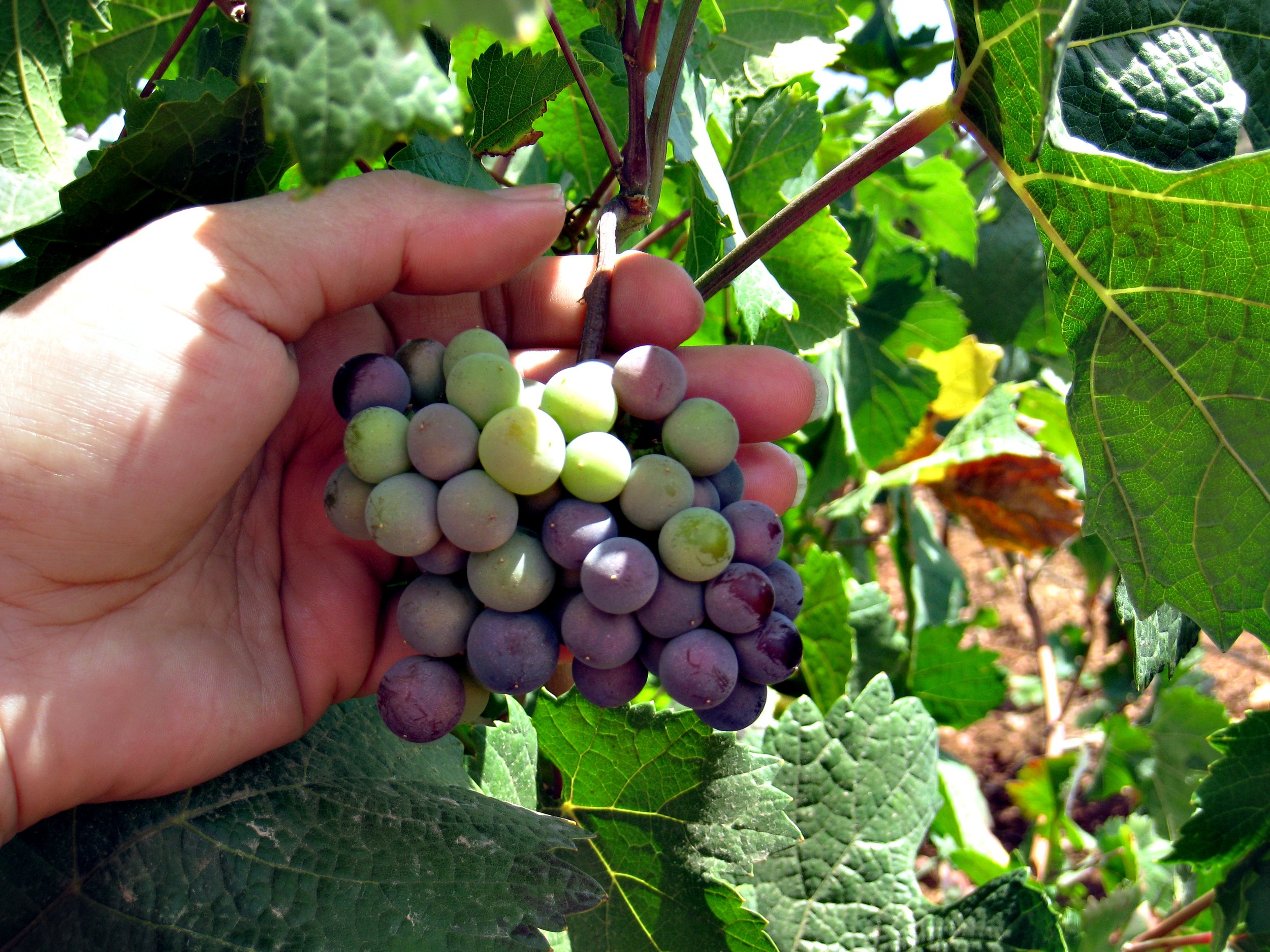The grape growing cycle is currently at the point where berries (the actual term for individual grapes) begin to turn color. This marks the point at which the grape vines move from berry growth to berry ripening.
The term for this stage is called Veraison (vuh-rey-zhun). And this means that there is now approximately 45 days until the beginning of harvest.
While veraison is most obvious on red wine grapes, white grapes also go through veraison. While their color change isn't as dramatic as the reds, they do change from green to a more yellow or golden green.
Veraison marks the point where the grapes stop growing in size. But, it's also when the sugar content of the grapes changes significantly. And, the acid begins to decline.
So, winemakers are now very closely watching and testing the grapes to find the point where the sugar content and acidity are just right for the particular wine they are trying to produce.
It's an exciting time in the vineyard and harvest is just around the corner! Cheers!




